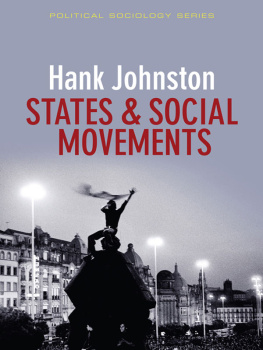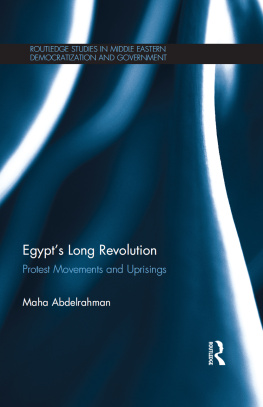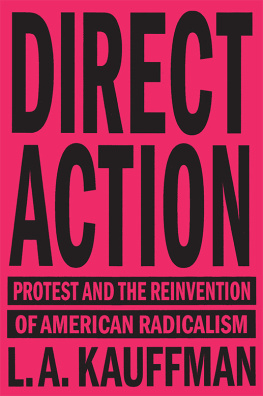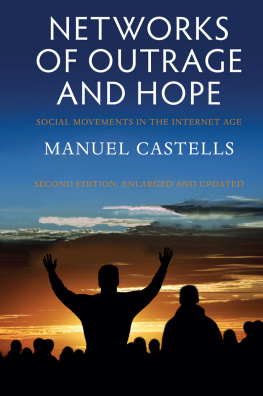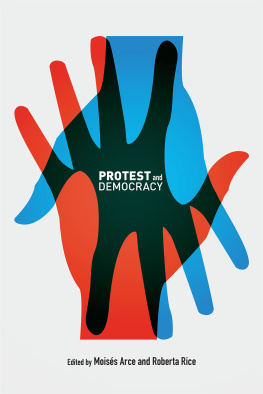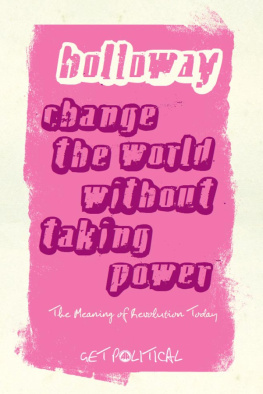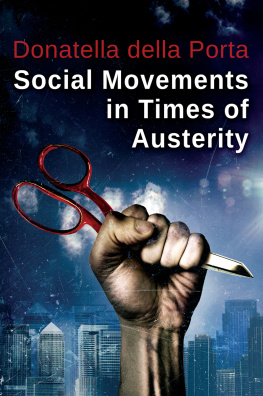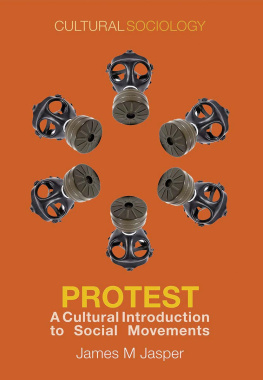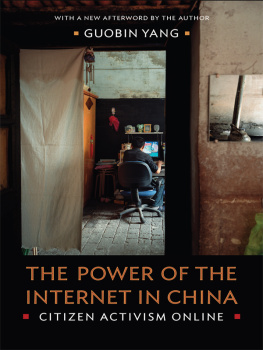TWITTER AND TEAR GAS
ZEYNEP TUFEKCI
Twitter and Tear Gas
THE POWER AND FRAGILITY OF NETWORKED PROTEST

Copyright 2017 by Zeynep Tufekci.
All rights reserved.
Subject to the exception immediately following, this book may not be reproduced, in whole or in part, including illustrations, in any form (beyond that copying permitted by Sections 107 and 108 of the U.S. Copyright Law and except by reviewers for the public press), without written permission from the publishers.
The author has made an online version of this work available under
a Creative Commons Attribution-Noncommercial-ShareAlike 4.0 International Public License. It can be accessed through the authors website at http://www.twitterandteargas.com.
Yale University Press books may be purchased in quantity for educational, business, or promotional use. For information, please e-mail sales.press@yale.edu (U.S. office) or sales@yaleup.co.uk (U.K. office).
Set in Scala type by Westchester Publishing Services.
Printed in the United States of America.
Library of Congress Control Number: 2016963570
ISBN 978-0-300-21512-0 (hardcover : alk. paper)
A catalogue record for this book is available from the British Library.
This paper meets the requirements of ANSI/NISO Z39.48-1992
(Permanence of Paper).
10 9 8 7 6 5 4 3 2 1
To my grandmother,
whose love and devotion made everything else possible.
CONTENTS
PREFACE
IN 2011, AS THE NASCENT UPRISINGS OF the Arab Spring shook the world, I marveled at the new abilities the internet seemed to provide dissidents. Perhaps I appreciated the wonders of digital connectivity more because I had come of age in Turkey after the 1980 military coup. I had witnessed how effective censorship could be when all mass communication was centralized and subject to government control: radio, television, and newspapers. In the early 1990s, working at IBM as a programmer, I had glimpsed the future through IBMs internal global intranet network, which allowed me to talk with colleagues around the world. In the mid-1990s, when the internet was finally introduced in Turkey, I eagerly enrolled as one of its earliest users.
I hoped that digital connectivity would help change the state of affairs in which the powerful could jet-set and freely connect with one another while also controlling how the rest of us could communicate. With my newfound power to connect through a shaky, sputtering modem, and full of curiosity, I participated in the earliest global social movement of the internet era. In 1997, through contacts made online, I arranged to attend an Encuentroan encounter, a physical meeting of activists from around the globecalled by the Zapatistas, an indigenous rebel group in the southern Mexican highlands. They had begun their rebellion on the very day the North American Free Trade Agreement (NAFTA) among the United States, Mexico, and Canada was enacted. Passage of NAFTA had required the cancellation of a clause in the Mexican constitution that protected communal tribal lands from privatization. The indigenous farmers feared that powerful transnational corporations would swoop down and steal their lands. Because of the timing of the rebellion and the nature of their demandsasking that the new global world order prioritize human development and values, not corporate profitsthey had become a focal point of resistance to a form of globalization that further empowered those who were already powerful.
I met people from all over the world through this movement; I am still in touch with some of them almost twenty years later, both in person and now sometimes through Facebook, Twitter, and WhatsApp. I watched the internet evolve and connectivity explode. In 1999, my e-mail networks informed me of the upcoming World Trade Organization demonstrations in Seattle. These demonstrations would manage to shut down the meetings, to the profound surprise of many powerful people and pundits. The Seattle protests and the massive direct action that disrupted the meeting were among the earliest manifestations of an emerging, networked global movementnetworked here refers to the reconfiguration of publics and movements through assimilation of digital technologies into their fabric. This movement was empowered by emerging technologies and driven by people all over the world who were hungry for accountability from the transnational institutions and corporations that held so much sway and authority, but were so opaque and unresponsive. Now, the people, too, could talk among each other easily and relatively cheaply. In the first decade of the twenty-first century, I saw social media rise, and phones capable of much more than my bulky early computers make their way into almost every pocket.
It was hard not to be hopeful.
Finally, 2011 seemed to herald the true beginning of a new era, with a transformed communication landscape. The 2011 uprisings across the Middle East and North Africa had taken the scholarly communityand the activists themselvesmostly by surprise. Ebullient crowds celebrated, waving their phones and flags and taking selfies. As regime after regime fell, the world watched transfixed, glued to the social media feeds of thousands of young people from the region who had taken to tweeting, streaming, and reporting from the ground. At the time, the process, of disenfranchised peoples rising up and shaking off aging autocracies, modes of rule on which history had already seemingly rendered its verdict long before, seemed unstoppable, even irreversible.
As my own experience in Turkey had taught me, however, progress rarely proceeds in a linear fashion. Just two years later, in 2013, I stood in the midst of tear-gas clouds circulating in and out of Gezi Park in Istanbul, Turkey, a few blocks from the hospital of my birth. As I stood among yet another ebullient crowd of protesters who had used the internet to great effect to stage a massive protest, my sense of both the strengths and the weaknesses of these digital technologies had shifted dramatically. I had become much less optimistic and significantly more cognizant of the tensions between these protesters digitally fueled methods of organizing and the long-term odds of their having the type of political impact, proportional to their energy, that they sought. Over the years, both the latent weaknesses of these movements and the inherent strengths of their opponents had substantially emerged.
I had come to understand the historical transition I was witnessing as part of a broad shift in how social movements operate and how they are opposed by those in power. This is a story not only about technology but also about long-standing trends in culture, politics, and civics in many protest movements that converged with more recent technological affordancesthe actions a given technology facilitates or makes possible. (For example, the ability to talk to people far away is an affordance of telephonesone could shout or use smoke signals or send messages with pigeons before, but it was much harder and limited in scope). This is a story of intertwined fragility and empowerment, of mass participation and rebellion, playing out in a political era characterized by mistrust, failures of elites, and weakened institutions of electoral democracy. I had begun to think of social movements abilities in terms of capacitieslike the muscles one develops while exercising but could be used for other purposes like carrying groceries or walking long distancesand their repertoire of protest, like marches, rallies, and occupations as signals of those capacities. These
Next page

